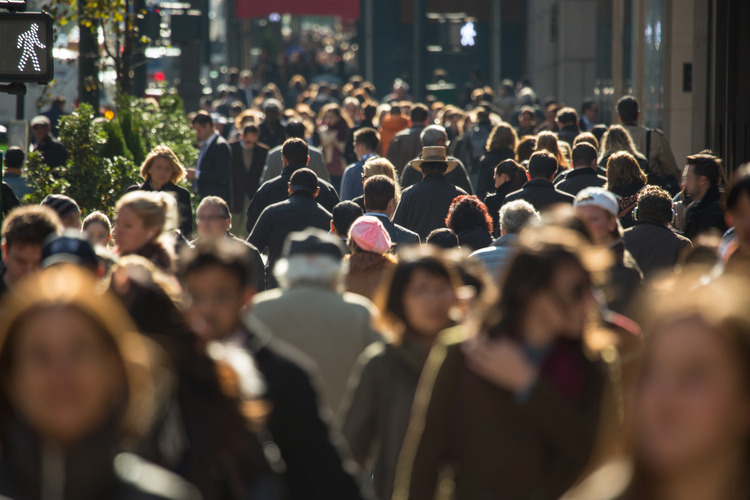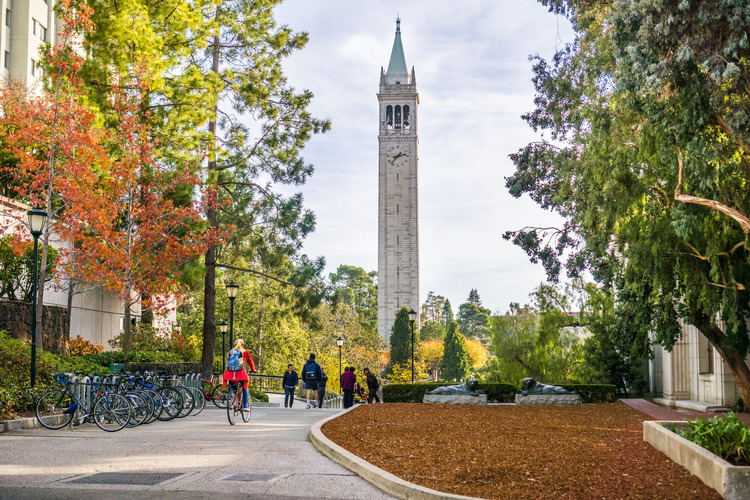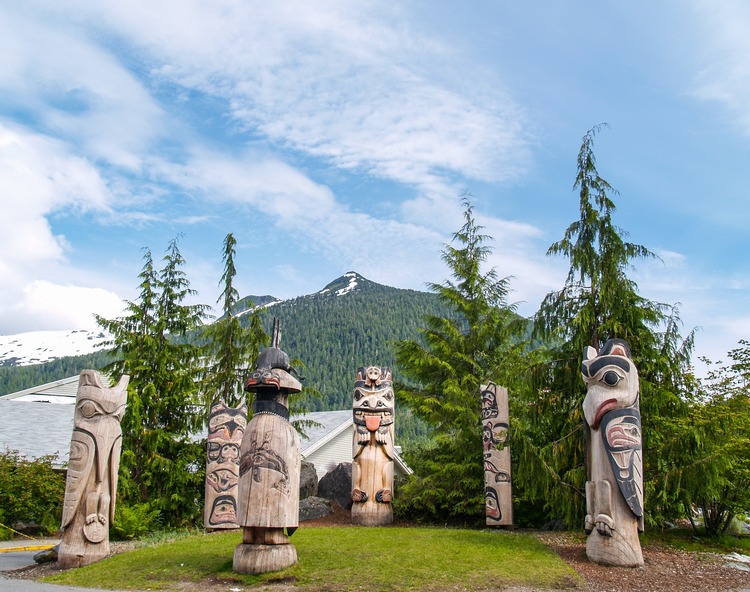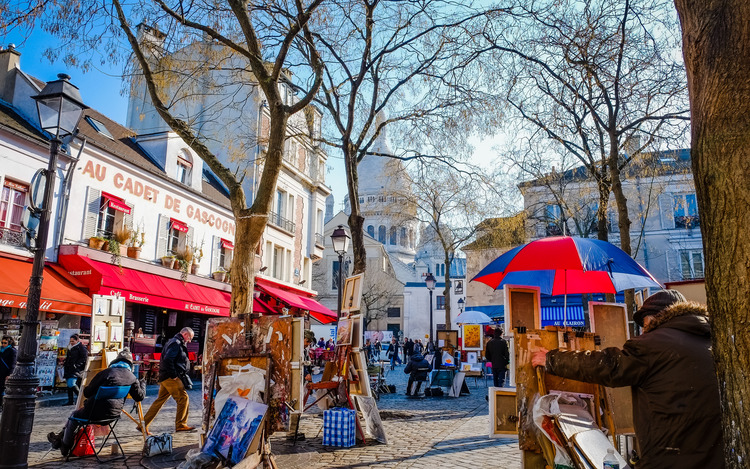
Article by Susanna Gough
Geography is a broad discipline, it is quite literally all around us. It isn’t just about the where, as tired jokes about colouring in maps and memorising capital cities imply, but also the how, and the why. Human geography is often simply defined in opposition to physical geography. The subjects are often taught separately, the former being concerned with human interactions with landscape, and the latter being the study of geophysical and meteorological processes that constitute the earth, its processes, and natural disasters.
Defining Human Geography
To simplify what is a multifaceted subject, human geography is about the ways that people interact with space, and vice versa. Humans have named, categorised, delineated, assigned, and sanctified space in a myriad of different ways. We have done this as individuals, as groups, and as societies, along different sets of ideas, producing different ways of thinking and acting in the world – cultures. These cultures are not static, they change, overlap, and interact with each other simultaneously, on different spatial and temporal scales.
Part of human geography, including population geography, is the practice of representing this information. Data about births, migrations, and deaths, when collated on a large scale and regionally compared, holds information about differences in health, work and leisure, societal and family structures, and many more indicators. This data is invaluable to discovering trends and corroborating claims.
Power is a key concept. By which demographics do we structure our datasets? When mapping continents, which geopolitical borders do we uphold? Our country boundaries are a relatively recent invention. Indigenous groups, many of whom use different forms of representation than our visual-based maps, may not use the static, hard border model that we do to confer ownership. They might not have a concept of ‘ownership’ at all. As a result, they could be, and have been, left out of the data, unrepresented. The way we gather and represent patterns of human behaviour is always political. Behind seemingly hard, factual data, there are nuances, hidden irregularities, and power dynamics at play.
Acts of naming, recording, and mapping can imply ownership and domination, can confer the precedence and importance of one culture over another. Geographical philosopher Edward Relph stated in 1976 that ‘space is claimed for man by naming it’. Geography, especially cartography, the production of maps, has been used for hundreds of years to communicate claims to land, and the natural features, animals, manmade structures, and people on it. This is why the renaming of indigenous lands from their colonial pseudonyms, such as the reverting of the British-named Ayers Rock in Australia to the aboriginal name ‘Uluru’ in 2002, is a powerful tool of indigenous reclamation. This story is one example of the depth of human geography. It is a truly interdisciplinary subject. Humanity is the interaction of people with place, with each other, with the environment, and thus, human geography is necessarily influenced by many disciplines, including the social sciences, history, and religious studies. There are many strains of human geography.
Cultural Geography

Perhaps the earliest form of human geography, cultural geography can be traced back to the ‘Berkeley School’, an academic standard formed by Carl Sauer in the 1920s at the University of California, Berkeley. Sauer produced a sort of equation as the basis for this theory – that the natural landscape, plus a cultural group, would produce a ‘cultural landscape’. The function in this equation was ‘cultivation’, meaning growing or rearing a particular way of life. This early cultural geography involved the study of farming practices, religion, life patterns and coming of age, architectural styles, material culture and art, and land-use patterns.
Related links
In the 19th century, before ‘cultural geography’ was given a name, there was a colonial fascination with studying different world cultures and their relationship to nature. This was inextricably linked to the exploitative machines of western European empires. The voyeuristic researching of indigenous people across the world facilitated pseudoscientific, eugenic practices that established people of colour low down in a hierarchy of value.
It is important to acknowledge the problematic roots of the discipline. Nonetheless, cultural geography is now a progressive, critical, and important field. In the 1980s, the discipline experienced a cultural turn away from the Berkeley School. Academics began to question what ‘culture’ truly meant and interrogate the origins of its definition – the term is still highly contested. The role of power in landscape gained interest, as well as geography as a tool for acquiring it. A culture of questioning the old way of doing things thrived in the schools of post-colonialism, humanism, feminism, and postmodernism, to name a few.
Political Geography
Traditionally, political geography is concerned with Politics with a capital ‘P’, which encapsulates a multitude of issues. The structure of states, including local, regional, and federal government and their interactions. Democratic processes such as the first-pass-the-post voting system. Instruments of spatial power like the prison system. The ways that international organisations of allyship, such as the EU, operate. The geography of war.

One example of a process that a political geographer might traditionally study is gerrymandering. Gerrymandering is a political technique whereby borders are redrawn to skew voting figures in one candidate’s favour. In hypothetical terms, municipal borders can be drawn in a way that creates single-party enclaves rather than areas of mixed political leanings. If more single-party enclaves are drawn, they in sum will produce a higher number of electoral representatives for that party in government. See CrashCourse’s video on the issue of gerrymandering in American politics.
These capital ‘P’ issues are crucial. Political geography has recently progressed beyond a one-dimensional definition of its nominal concept. Jason Dittmer posits that the acknowledgement that ‘politics suffuses all spheres of life’ has expanded the discipline, and blurred the boundaries with other forms of geography. For example, political geography can work at the global scale, seeping into the realm of International Relations. It can also, however, be the study of a single street or field.
Economic Geography
The phrase ‘money makes the world go round’ was likely coined by an economic geographer. Economic geography is the study of the international flows of money. The
Human Development Index, which compiles data about life expectancy, education, and per capita income, relies on economic geographers, as they demonstrate inconsistencies and concentrations in the world’s economic activity. The monumental forces of global migration, trade, and land use are all driven at least partly by monetary incentives. As the world becomes more globalised, international networks of capital have even bigger sway over the way our world looks, the lifestyles we lead, and the way we work.
Economic geographers also work to find solutions to our economic problems. How can we afford to be sustainable and enrich economies simultaneously? Investment solutions such as carbon credits, as debatable as their effectiveness is, ostensibly help businesses to retain profits while ensuring that cash is flowing more in the direction of environmental protection than environmental harm. Similarly, ecotourism is a concept in the realm of economic geography. Communities are being encouraged to pursue sustainable tourism ventures in lieu of environmentally and physically demanding manufacturing or extractive industries. In theory, these ventures benefit both people and nature, enriching local economies often in the global south, and diverting money away from the industries that do the most environmental damage.
Philosophical Geography

Highly conceptual and theoretical, philosophical geography explores people’s experiences of ‘being in the world’. The issue of ‘sense of place’ is crucial. What gives a place its meaning? Is it the people who live in it, or its pre-existing environmental factors? How do the two interact? These questions probe the very core of what ‘geography’ is. Though seemingly lofty and unapproachable, ideas produced through philosophical geography have played a part in policy. For example, the idea of ‘spirit of place’, meaning the intangible personality of a space, has been adopted by the International Council on Monuments and Sites (ICOMOS). At the 16th general assembly of ICOMOS in 2008, delegates produced the Quebec Declaration on the Preservation of the Spirit of Place, which concluded formally that spirit of place must be taken into account in all legislation concerning cultural heritage. Evidently, the human value given to place is something we feel is sacred.

Historical Geography
How have geographical phenomena changed over time? On one level, this is the study of ‘natural history’, a discipline which itself has a long history, studying deep time and the long, incremental formation of our earth through its phases – the slow movement of our continents and the evolution of the organisms that lived on them. Beyond natural history, there is a more recent study of human historical geography. This encompasses all forms of existing human geography, just in the past.

Why do our landscapes look the way they do today? In England, the Enclosure Acts, enacted between the 17th and 19th century, transformed the way that land is distributed. In medieval times, open fields were divided into narrow strips that peasants cultivated to feed their families. The Enclosure Acts allowed landowners to buy up entire fields, separate them with walls and hedges, and employ farm workers under wage labour. The acts are the reason that the arable land you see today across England is divided into its characteristic squares.
Urban Geography

Urban geography is the specific study of land use in cities. It explores the ways that towns are planned and function, investigating economic, social, and political factors that improve or are detrimental to quality of life. Issues that urban geographers might explore include demographic distribution in neighbourhoods, the impact of trams on use of private cars, and the role of trees in reducing pollution levels.
An example of urban geography in practice is the concept of ’15-minute cities’. In Paris, urban planners are working on the basis that a satisfying urban living space should fulfil six social functions – living, working, supplying, caring, learning, and enjoying. A resident should be able to get everything they need, from housing, to their office, to restaurants, healthcare, green spaces, and arts venues, within 15 minutes’ walk from their home. Carlos Moreno at University of Paris 1 Panthéon-Sorbonne argues that smaller communities will create ‘more engaged inhabitants’ who consume more sustainably, cultivate local community ties, and
engage in local issues.
Why study Human Geography?
In all its forms, human geography is an indispensable tool for solving the biggest problems facing our world and society today. To understand climate change, encourage mutual cultural understanding, connect the earth, plan our cities, reduce the impact of natural disasters – all of these and more are reasons to study or work in the field, click here to see all the places to study geography in the UK.




